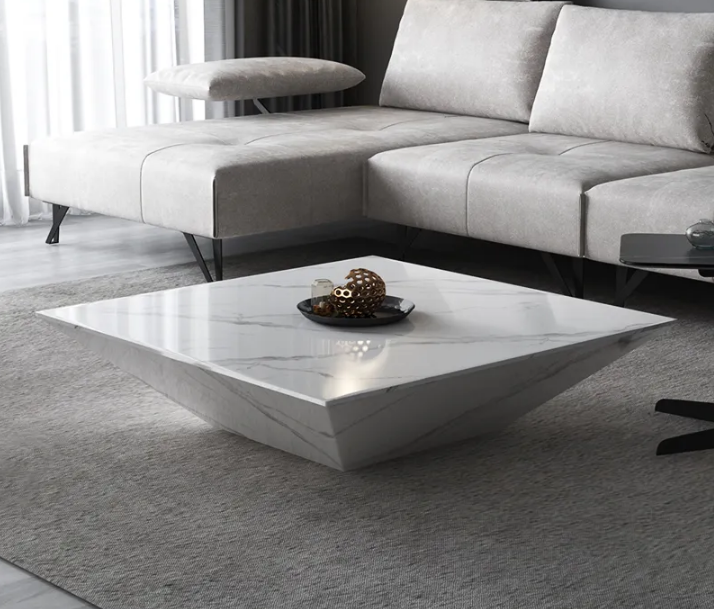Understanding Resin Types for Granite Repair
When repairing granite surfaces, choosing the correct resin is paramount for both visual and functional longevity. Epoxy and acrylic are two of the most frequently employed materials, each with unique attributes tailored to dissimilar forms of harm and finishes.
Epoxy provides unmatched resilience and strength, making it ideal for filling cracks and chips in granite. Once hardened, epoxy forms an opaque, non-porous finish virtually invisible if accurately matched to the stone's hue. Epoxy typically solidifies within twenty-four hours, achieving maximum hardness around seven days. This resin can endure considerable pressure and resist most routine acids and alkalis in a home, ensuring the repair endures for years to come.
Acrylic resin represents another prevalent choice for granite repair, especially where clarity and swift hardening are priorities. Acrylic sets more rapidly than epoxy, often within just a few hours, allowing for quicker usage of the mended countertop. While less durable than epoxy, acrylic suffices for minor chips and scratches avoiding significant weight or force. Its transparent finish maintains the natural texture of the granite, rendering the repair less discernible.
Polyester resin, a less regular but still viable option for granite fixes, proves especially suitable for those searching for a more affordable solution. It proves easier to employ compared to epoxy and acrylic, setting promptly and requiring less precision during application. However, polyester may discolor over time, potentially necessitating future touch-ups, and does not endure like epoxy.

Choosing the Optimal Resin
Deciding upon the suitable resin depends largely on the severity and place of the damage. For deep cracks or regions where structural integrity has been compromised, epoxy is generally the preferred choice owing to its strength and bonding abilities. Minor cosmetic repairs, like small chips or scratches, may be sufficiently addressed using acrylic because of its rapid curing time and excellent translucence.
Professional Implementation
While many do-it-yourselfers opt for home repair kits, professional application of resin can guarantee ideal outcomes. Experts can precisely match the color and surface of the granite, applying the resin in layers to mimic the stone's natural depth and intricacy. This meticulous process improves the durability and aesthetics of the repair, rendering it virtually indistinguishable.
Preserving Your Granite Post-Repair
Following granite repair with resin, maintaining the stone is important to prevent further harm. Routine cleaning with gentle, nonabrasive cleaners and periodic resealing of the granite can extend the lifespan of both the countertop and the mend. Avoiding harsh chemicals and sudden impacts will also aid in preserving the integrity of the resin and the rock.
Closing Thoughts
Selecting the appropriate type of resina para reparar granito is essential for maintaining the beauty and functionality of granite countertops. Whether choosing epoxy for its strength, acrylic for its clarity, or polyester for its ease of use, understanding the specific needs of your granite mend is key to making an informed decision. With the right resin, your granite countertop will continue to offer both durability and aesthetic charm for many years to come.